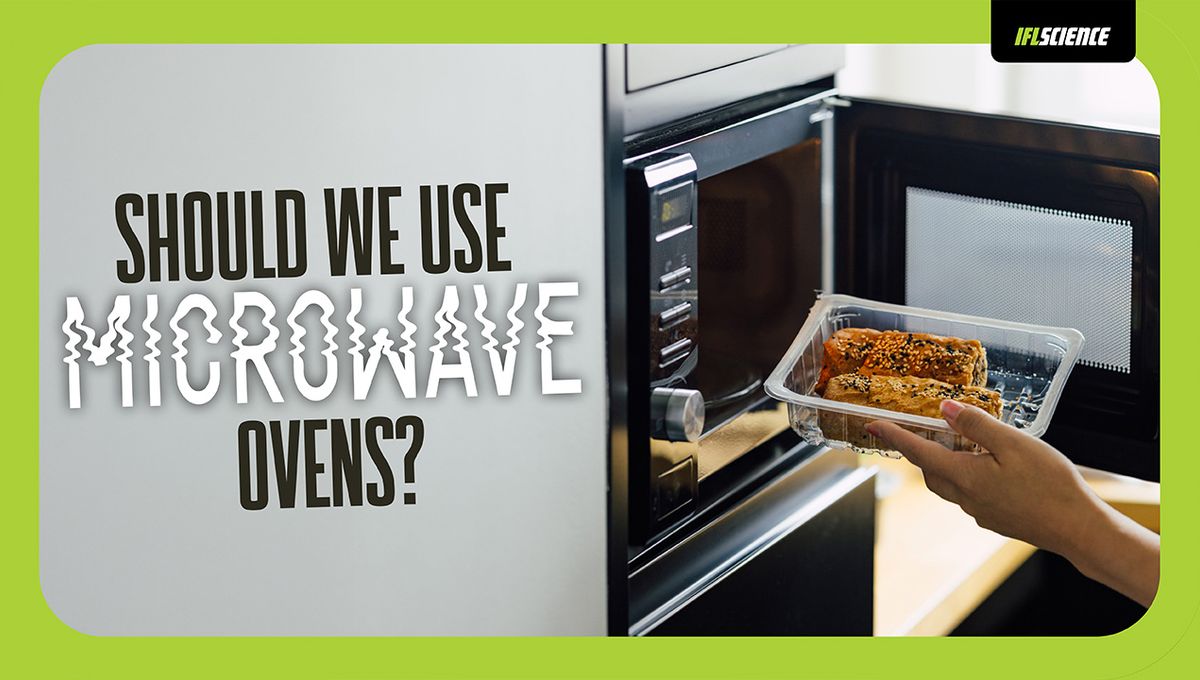Steam Explosion in alkaline medium for gelatine extraction from chromium-tanned leather wastes: time reduction and process optimization.
Autor: Scopel, Bianca Santinon; Restelatto, Danielle; Baldasso, Camila; Dettmer, Aline; Campomanes Santana, Ruth Marlene
Publication year: 2020
Environmental technology
issn:1479-487X 0959-3330
doi: 10.1080/09593330.2018.1551430
Abstract:
Alkaline hydrolysis of chromium-tanned leather wastes (CTLW) is a well-known process that allows the extraction of its most valuable portion: the protein. However, alkaline hydrolysis is time-consuming. It usually takes from 2 to 10 h to be completed. In this work, alkaline hydrolysis was performed in a steam explosion reactor, using CaO as the alkalinizing agent and aiming at a short-time process. Three different temperatures and residence times were tested: 130, 140, and 150°C; 5, 10, and 15 min. When performed at 140°C for 10 min, the steam explosion in alkaline medium resulted in the optimum combination of protein extraction yield (30%) and gelatine quality (viscosity of 2.4 cP at 25°C in a 24.6 g/L protein solution – 39 kDa of molecular mass [Formula: see text]w). Not only a high extraction yield was achieved, but when compared to traditional methods, steam explosion in alkaline medium reduced the process time by a factor that varied from 12 to 36 times. It also reduced chromium content in the gelatine by a factor that varied from 16 to 96 times. Finally, to produce a high quality product, the ash content of the gelatine was reduced from 11.8% (dry basis) to 1.2% (dry basis) through diafiltration. This purification allows the application of the gelatine, for example, in the production of polymeric films.
Language: eng
Rights:
Pmid: 30465628
Tags: *Chromium; *Steam; extraction yield; Gelatin; gelatine; Hydrolysis; leather waste; processing time reduction; Steam explosion
Link: https://pubmed.ncbi.nlm.nih.gov/30465628/








